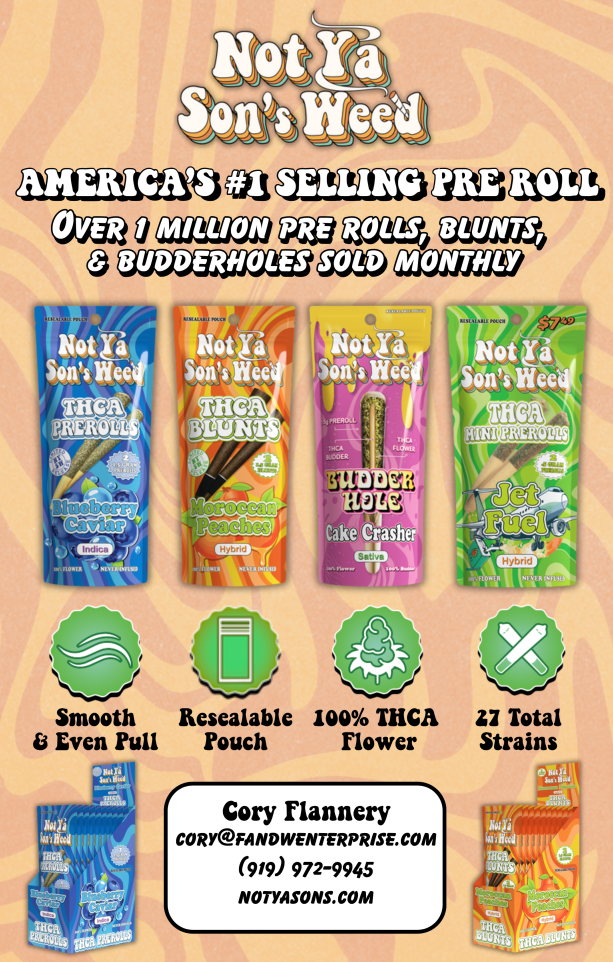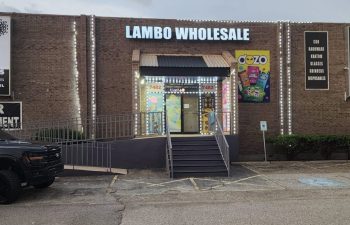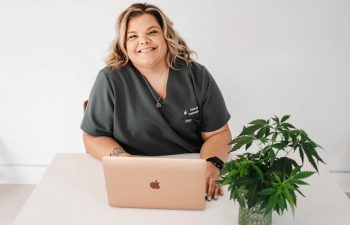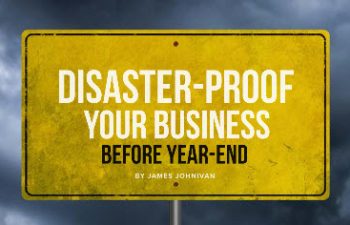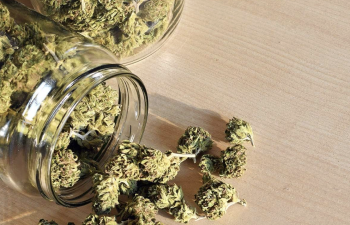Seal the Deal
If you told Diane Willis in the early ‘90s that PT Bag Co., her humble family business selling small zip-loc baggies for carrying “jewelry” and “herbal blends” by the gram (we know what they were really for), would stand the test of time and be kicking ass more than three decades later, she’d probably laugh and tell you she was just trying to get through the day. It was the ‘90s, after all — a time when simply uttering the word “pot” would be met with an immediate click and dial tone, and 420 was still a secret code shared only by those in the know.

“Back then, you had to be so careful. If you even mentioned ‘bongs,’ people would kick you out of the store,” Diane recalls. But times have changed, and so has the business. When asked about her secret sauce for survival over the years, she laughs, “I thought I’d be wiped out by big corporations. But, here’s the thing: when you call my company, you’re talking to me.” That old-school, hands-on customer service has kept her in the game while bigger companies try to undercut her by going directly to her suppliers. Her response? A shrug, and “They tried, but my supplier’s got my back. Loyalty is a thing.”
Now she’s an industry veteran, beloved by smoke shops across the country, who still answers the phone herself. And in an industry that has gone from underground paraphernalia to mainstream legal cannabis, Diane is both an OG and a trendsetter, riding the green wave with her feet firmly planted in old-school business values.
When Diane first got into this business, the cannabis world was a far cry from the polished, dispensary-laden Shangri-la we see today. The packaging wasn’t flashy back then. It was simple — clear, colored, and functional. But Diane had an eye for detail, and over time, she added flair. Soon, her bags started sporting bold designs — leaves, psychedelic colors, and custom prints that spoke directly to the subculture she served. Her bags evolved with the times, but the way she ran her business stayed the same.
“I don’t have reps, I don’t have layers of customer service. It’s just me and Max, my right-hand guy. If you have a problem, I’ll fix it personally,” she explains, with the confidence of someone who has seen it all.
I don’t have reps, I don’t have layers of customer service. It’s just me and Max, my right-hand guy. If you have a problem, I’ll fix it personally.
Diane’s voice softens slightly when she talks about being one of the few women in the cannabis industry in the early days. “It was an old boys’ club,” she says, almost matter-of-factly. “It still is, in a lot of ways.” But if Diane was deterred by the testosterone-dominated world of headshops and paraphernalia, she never showed it. She hustled, outworked the competition, and carved out her niche, one conversation at a time. “Now, I’ve been around so long, people know me. I don’t feel out of place anymore but in the beginning? Yeah, it was tough.”

Diane doesn’t linger on the struggles, though. She’s more interested in talking about the relationships she’s built. The word “customer” doesn’t seem to do justice to the connections she’s nurtured over the past three decades. Many of the shop owners she works with have been buying from her for 20 years or more, and those relationships go beyond transactional. “I know their names, their stories. I’m not just sending a box of bags – I’m sending something that helps their business. That means something to me,” she says, and you believe her. In an industry that has become increasingly corporatized, Diane’s approach is refreshingly human.

As cannabis has gone mainstream, so too has the demand for sleek, high-quality packaging. Diane’s Ziploc bags were a staple for decades, but the game has changed. Mylar bags, with their sturdy construction and smell-proof seals, are now the gold standard, especially in places like Montana, where regulations demand fully opaque, child-resistant containers.
Diane, ever the adaptable entrepreneur, has embraced this shift. “I’m selling more Mylar bags than ever, but it’s not just about the bags. It’s about the designs, the branding, the feel of it,” she explains. “It’s so different from when I started. Back then, you just needed something to hold the weed. Now, it’s about the whole experience—the look, the feel, the image.”

But even as she embraces the new, Diane is mindful of the challenges that come with an evolving industry. Every state has different regulations, different packaging needs, and different customer bases. “If they just made it all one law across the country, it would be so much easier,” she laughs. But until then, she’ll keep doing what she’s always done: adapting, pivoting, and keeping her customers happy.
Diane has always been ahead of the curve, and as the industry moves toward more sustainable practices, she’s ready to adapt again. While most of her products are recyclable, she knows that the future is in eco-friendly materials. She’s already exploring biodegradable and recycled options, and she sees a shift coming soon. “California is leading the way, of course,” she says, referring to the state’s strict environmental regulations.

So, what’s the secret to staying relevant in a business for 35 years? For Diane, it’s simple: listen to your customers, be flexible, and never stop caring. “I didn’t expect to be here this long,” she admits. “I thought the big corporations would swallow me up. But here I am, still doing it, still loving it.”
At 65 years young, Diane isn’t slowing down yet. In an industry that has transformed from a fringe subculture to a billion-dollar business, Diane Willis is a testament to the power of perseverance, adaptability, and good old-fashioned customer service. And as the cannabis industry continues to evolve, one thing is certain: Diane will be there, making sure that every smoke shop and dispensary has the perfect bag for their bud.








